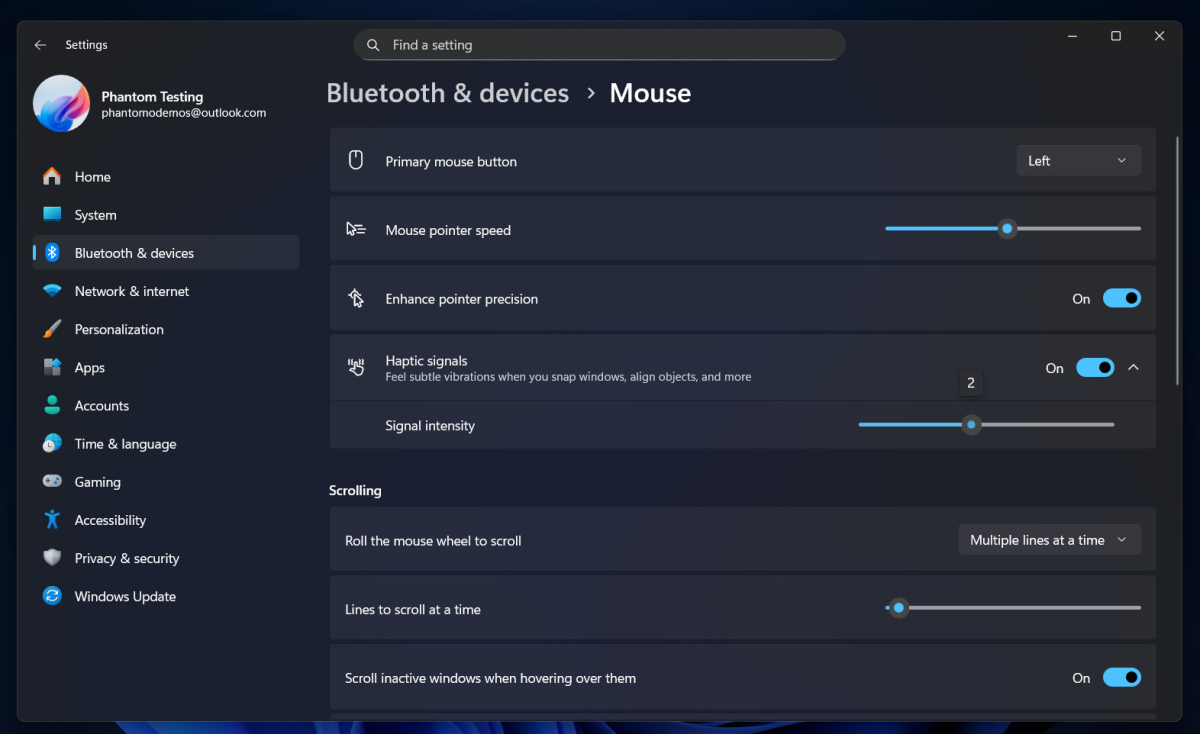For years, a subtle revolution in how we interact with technology has been brewing, largely confined to the sleek glass surfaces of smartphones. That satisfying little *buzz* when you type, swipe, or confirm an action – haptic feedback – has become second nature. Now, that sensation is poised to expand beyond the mobile world and into the realm of Windows computers.
Currently, truly advanced haptic trackpads are a rarity on Windows laptops, primarily found on the latest Surface devices. These aren’t just touch surfaces; they simulate the feeling of texture and depth, offering a more immersive and intuitive experience. But a recent discovery hints at a much broader integration of haptic signals throughout the Windows operating system itself.
A dedicated investigator of Windows’ inner workings unearthed evidence of this expansion within a pre-release build of Windows 11. Hidden within the Mouse settings, a new option for “Haptic signals” promises to deliver subtle vibrations for common actions like snapping windows into place or aligning objects on the screen.

Imagine a gentle pulse confirming a window has perfectly docked to fill half the screen, or a delicate tremor as you arrange icons with precision. This isn’t about jarring vibrations; it’s about providing nuanced, tactile confirmation of your digital actions, mirroring the experience many already enjoy on their phones and tablets.
The current implementation of haptic feedback within Windows is limited, but the trend is undeniable. Apple’s “Force Touch” on MacBooks set a new standard, and Logitech recently incorporated haptic feedback into its flagship MX Master Mouse 4. This suggests a growing industry-wide belief in the power of tactile interaction.
Whether this new haptic feature will reach the wider public remains uncertain. Its current status as a hidden option suggests it’s not a top priority for immediate release. However, the potential to fundamentally change how we *feel* our way through the digital world is a compelling prospect, and one that could redefine the Windows experience.
This isn’t simply about adding a gimmick; it’s about creating a more connected, intuitive, and satisfying relationship between user and machine. It’s about bringing the subtle language of touch to a platform traditionally dominated by visual and auditory cues.






